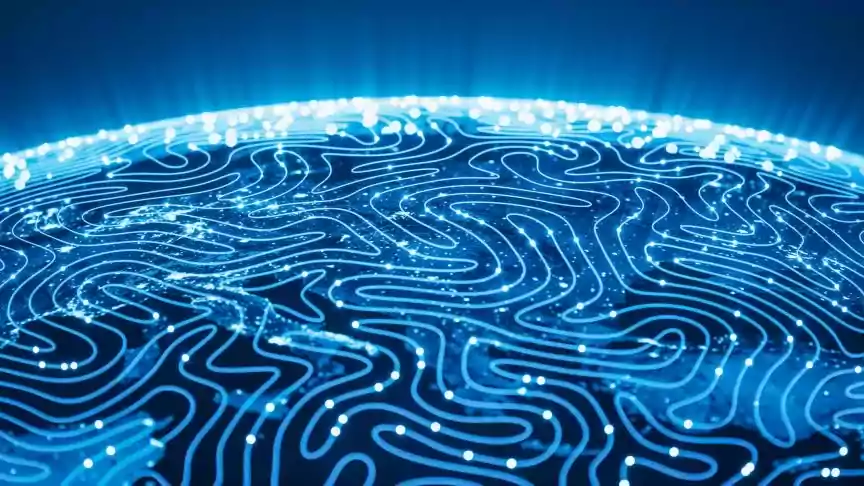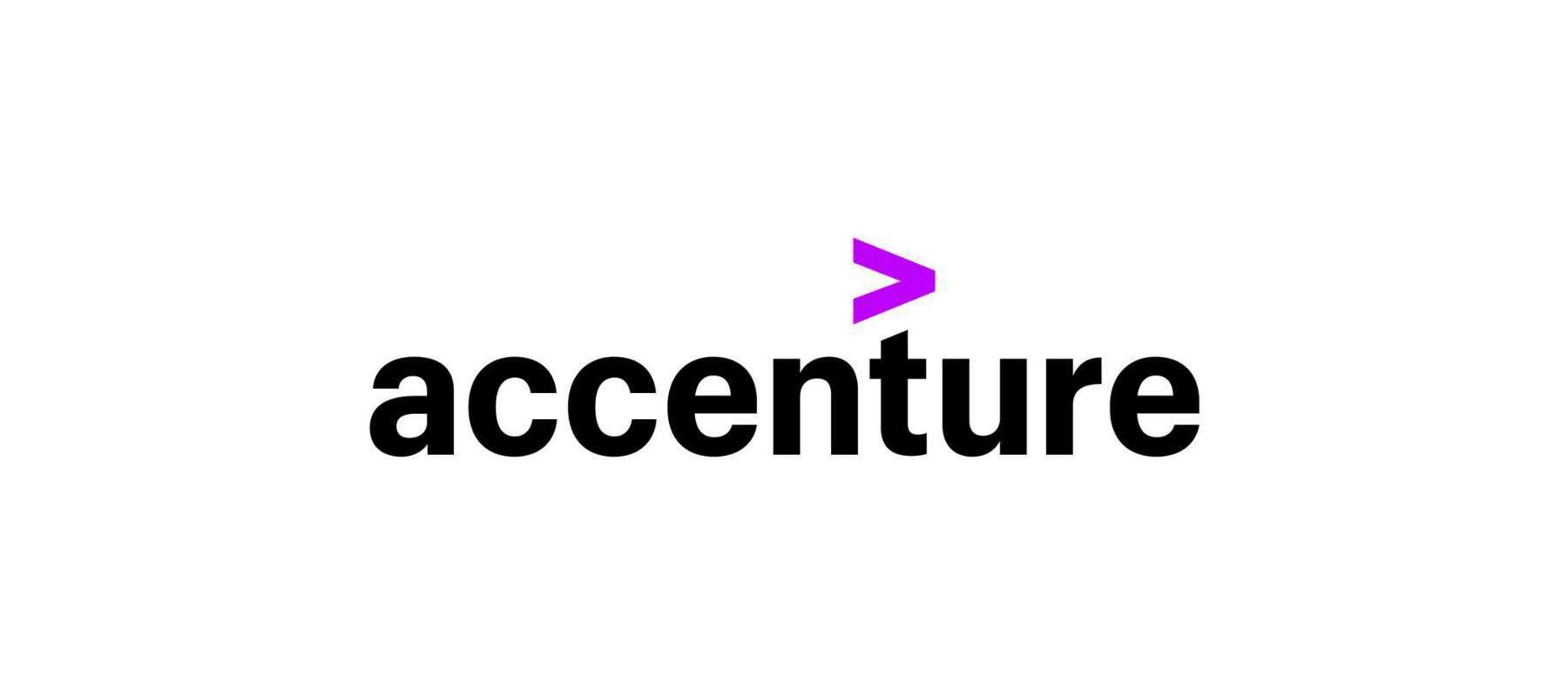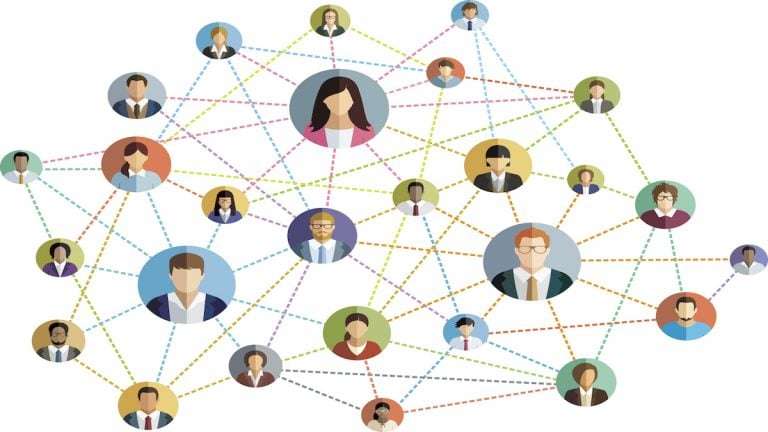Contents
Originally published in Business Chief North America. Oliver Muhr, Starmind CEO, answers this question and more: How can the right tools help businesses successfully navigate a world of remote work and how AI can empower remote workers?
Around a third of the world's population is under some kind of lockdown measure.
With governments and businesses uniting to ask people to stay at home, an unprecedented rise in remote working has taken place.
Moves to more flexible and remote working are far from new concepts for some countries. In the US, for example, remote working has grown by 91% in 10 years. But this growth still accounted for just under 4% of the US working population pre-COVID-19.
Today, the shift to remote working has been turbocharged on a global scale. So what happens when the future is happening now?
In response to widespread remote working, organizations are turning to technology to keep their teams connected, effective and productive. Video call services like Zoom and collaboration tools like Microsoft Teams are seeing soaring user numbers to help companies navigate mass remote working.
These apps play an important role in the move to remote working. They connect teams and provide access to intel existing in documents and files or conversation threads. But our reality of remote work has magnified challenges global knowledge workers already face like lagging productivity. Collaboration apps help tackle part of the problem but only AI can help solve it.
Businesses navigating this new world have an opportunity now to hit the refresh button and tackle existing challenges with a new perspective—and with new tools.
What’s fueling the productivity drain?
Wherever an employee is working from, be it in the office or at home, they need to source intel efficiently.
In an enterprise where there may be tens of thousands of employees working across multiple countries and time zones, it’s challenging to pinpoint where specific expertise exists.
This is because knowledge is siloed—not just in email threads and documents—but in people.
Each employee has access to valuable intel that could help a co-worker solve a current problem. But exchanging this insight relies on other people knowing where and how to access and share this knowledge.
However, a person’s title or Slack profile doesn’t convey or define all the skills they possess, or the experience they have—meaning vital skills and knowledge often go under the radar.
Every organization wastes a significant amount of time and productivity through employees searching for information or attempting to find the right experts internally to answer repetitive questions. This time could be better spent doing the jobs that employees are hired and trained to do.
Companies need accurate, real-time insights on where their workforce’s skills reside to help their teams be productive. But for a large enterprise, this may seem like a mammoth and impossible task.
That’s where human-inspired AI can help—in and outside of the office.
Where AI fits in the workplace
Thanks to powerful algorithms based on neural networks, human-inspired AI can recognize and surface expertise, skills and tacit knowledge that might not have been identified before. Part of what makes these algorithms so effective is that they focus not on memory or processing power alone, but on replicating how the human brain works.
Human-inspired AI can then be used to analyze the billions of data points across an organization (from email to Slack messages, Zoom calls, Google Docs, and much more) to create a personal, real-time skills profile for each individual, while also revealing collective intel and expertise across a business.
By evolving, and continually adjusting, the AI not only learns but also forgets—just like people do. Outdated knowledge is replaced. And, as employees learn new skills, the AI adapts evolving skill profiles, retaining real-time intelligence.
This means when someone asks a question, the AI can automatically understand and connect them with the person who, at that very moment, is best placed to answer it. And for frequent questions, it can remember the best answer and allow anyone in the organization to access that intel. This helps boost employees’ ability to problem-solve and complete work more efficiently.
Although AI solves complex problems, it can be easily implemented across even the largest organizations. In today’s remote working conditions, AI is not a nice to have but an essential tool for an organization’s armoury. Business leaders can use AI to develop skill maps to pinpoint where intelligence needs to be developed before it becomes mission-critical, offering more time to recruit, redeploy, or develop existing teams. This is an essential tool to help organizations now but these skill profiles will help businesses adapt and plan for the future.
No organization anticipated how quickly the adoption of remote working would have to accelerate this year. But by embracing technology, and placing trust in teams, businesses have already made great strides in adapting.
There are many learnings that we can take from this extraordinary time to evolve the way we work.
What’s clear is that organizations can adapt. And technology, specifically AI, can help organizations find agile ways to identify, unlock and develop human intelligence in a company—no matter where that team might be working from—both now and in the future.



